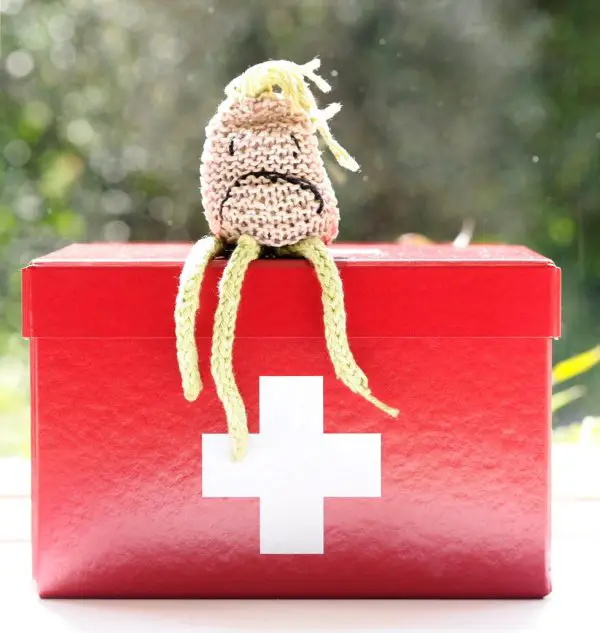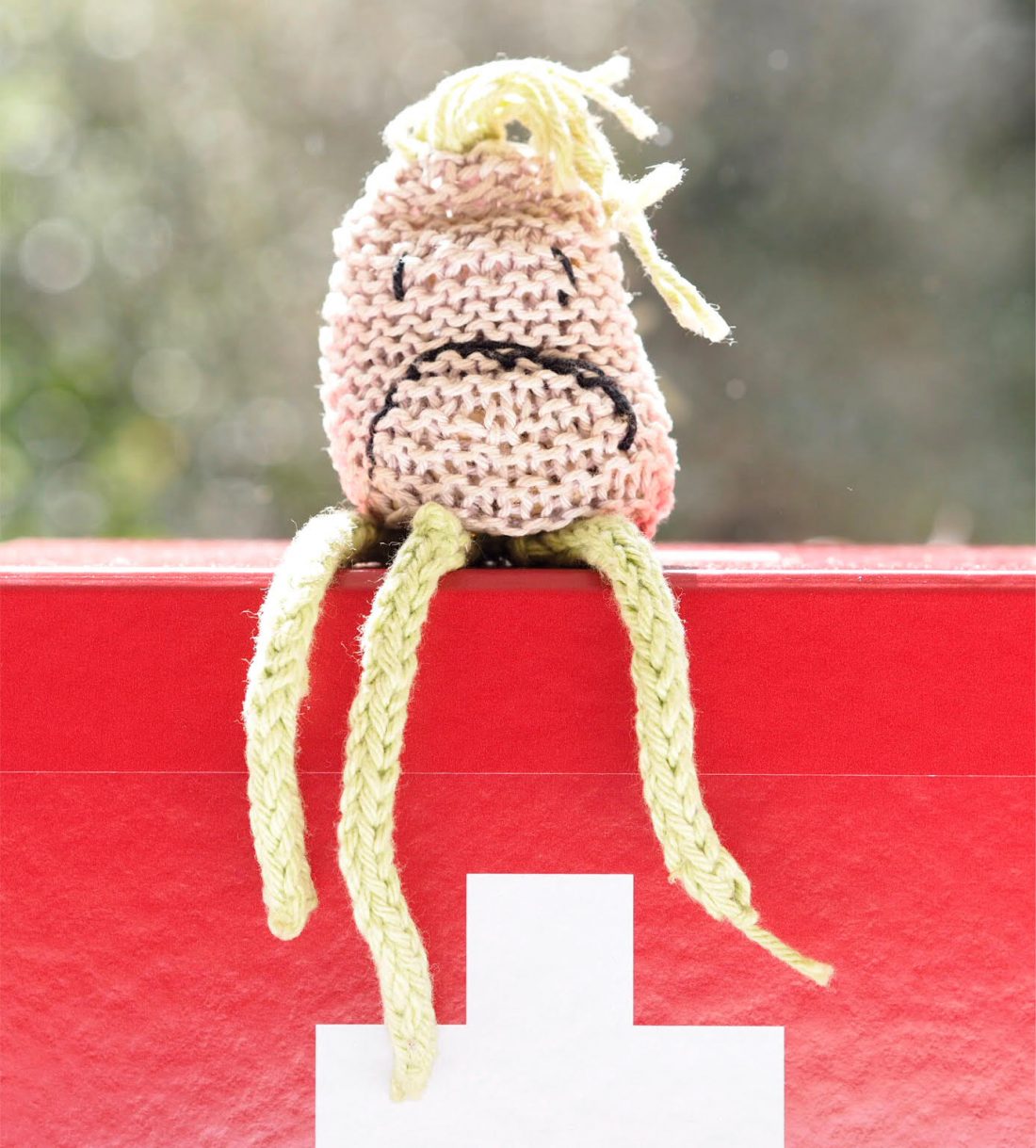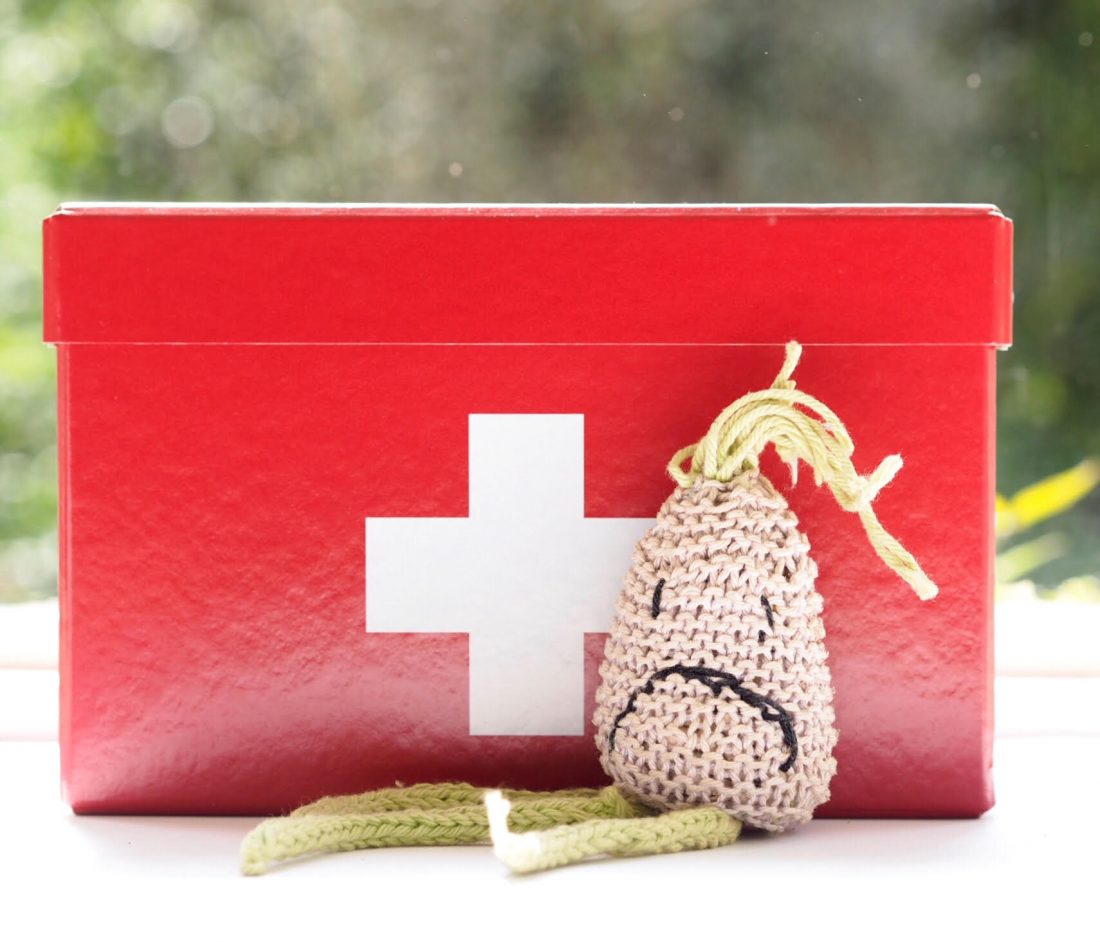

 Microbiome
Microbiome
All the big beauty houses (L’Oreal, P&G, Johnson & Johnson and Unilever) are investing currently in research and product development for the microbiome. You might well ask what the heck is that! And if you’re also wondering about the photograph, what the heck is that, it’s a bacteria knitted about 12 years ago by my son for a school project! I can’t remember which bacteria it is exactly (and nor can he) but I’m guessing from the frown that it’s not one of the good guys.

Skin has millions of bacteria living on it and in it (it was always previously thought that this bacteria sat atop but research has found microbes in the deeper layers too). It’s perfectly natural and everyone has thriving eco-systems over all parts of the body doing different things at different times. The ‘microbiome’ is the word to describe that collection of fungi, bacteria and even some viruses… sorry, but true! In 2008, the US National Institutes of Health conducted The Human Microbiome Project to discover more about microbial flora and its effects on health and disease. A second phase launched in 2014 deep dives into characterizing the microbiome for better targeting.
What you’re going to discover is the beauty industry leaping on this $175 million research project to cash in by having us all terrified of an out of balance microbiome. In skin, it’s thought that rosacea, eczema, acne, allergies and psoriasis (and dandruff, oh and of course *ageing*) could be exacerbated by an imperfect microbiome. Some of this really makes sense – your microbiome is sensitive to environment and it would seem as hard to keep in perfect balance as a spirit level on a slope but it could explain why, for example, breakouts are more prevalent in certain environments (polluted, hot etc) and the bacteria balance gets out of whack.
It’s really all about the balance – personally I think that the first big players beauty wise will be cleansers. A healthy microbiome likes a pH of 5.0. Soap often has a pH of 10 so if you’re still using soap and water, stop it! I reckon a glut of pH balanced cleansers to ‘perfect’ your microbiome is on the cards. It really does seem a balanced skin microbiome is important; it protects from infection and inflammation, gives skin some tolerance against pollution and sun and also heals. Your microbiome and your skin are in constant communication but I need to take a crash course in something very sciency to explain how!
At this stage you could take a pro-biotic supplement to help with a healthy microbiome over-all but beauty world is running with this topic and running hard, like they do with any major scientific/medical study (plant stem cells, anyone? Don’t even start me…). Unilever recently took a minority stake in Gallinee, one of the first beauty brands to really take the microbiome on as a skin care trend, although there have been several ‘pro-biotic’ products to date – notably Tula and Aurelia, although not exclusively. However, no matter how much marketing and PR you chuck at it, thoughts are that it’s difficult for topical probiotics to ‘target’ bacteria as there is still so much to discover about good vs bad. The diversity of the microbiome is still rather an unknown – scientists are scraping at the surface of knowledge – and beauty products can only do the same as food supplements – which is to flood with ‘good’ bacteria without really knowing where the deficits or proliferation lies or what the correct balance should be.
*all products are sent to me as samples from brands and agencies unless otherwise stated. Affiliate links may be used. Posts are not affiliate driven.
Be the first to comment